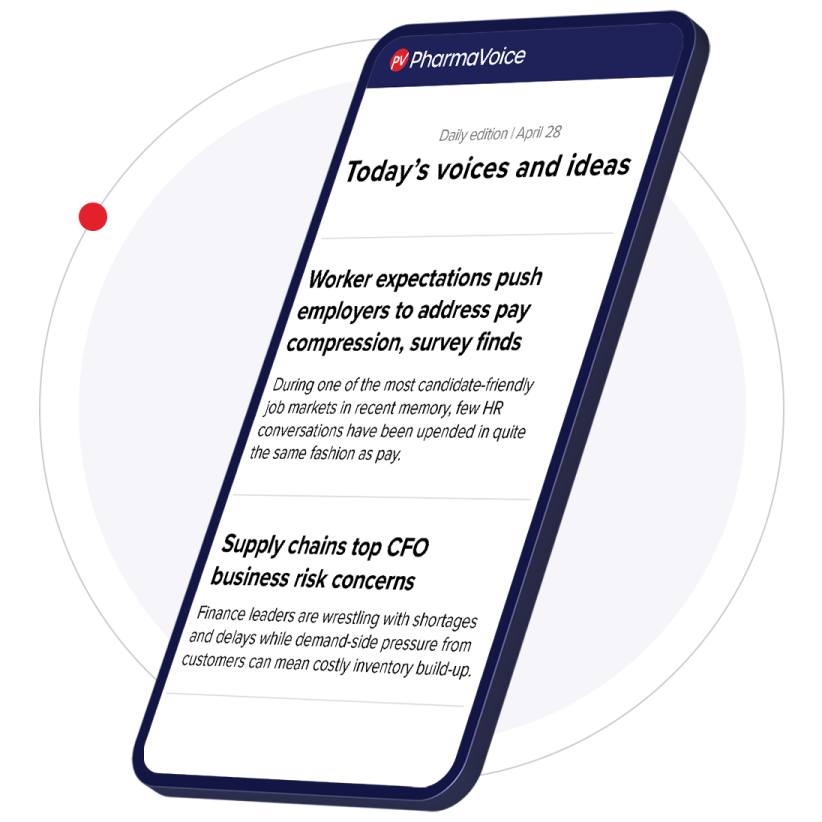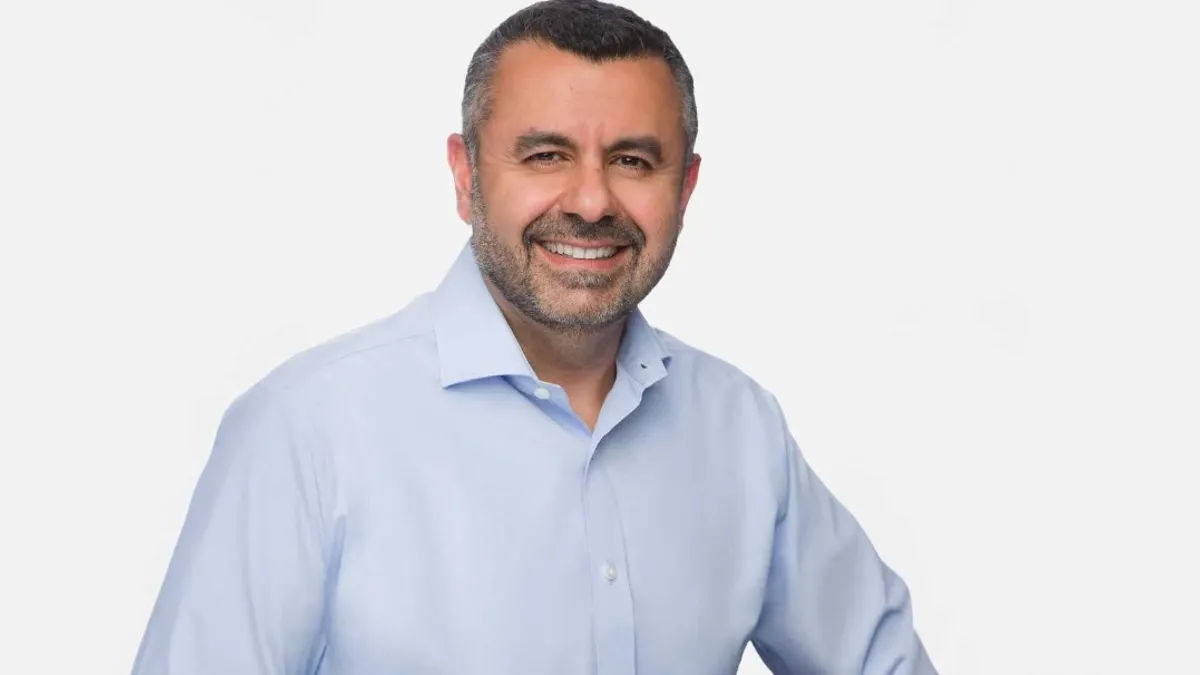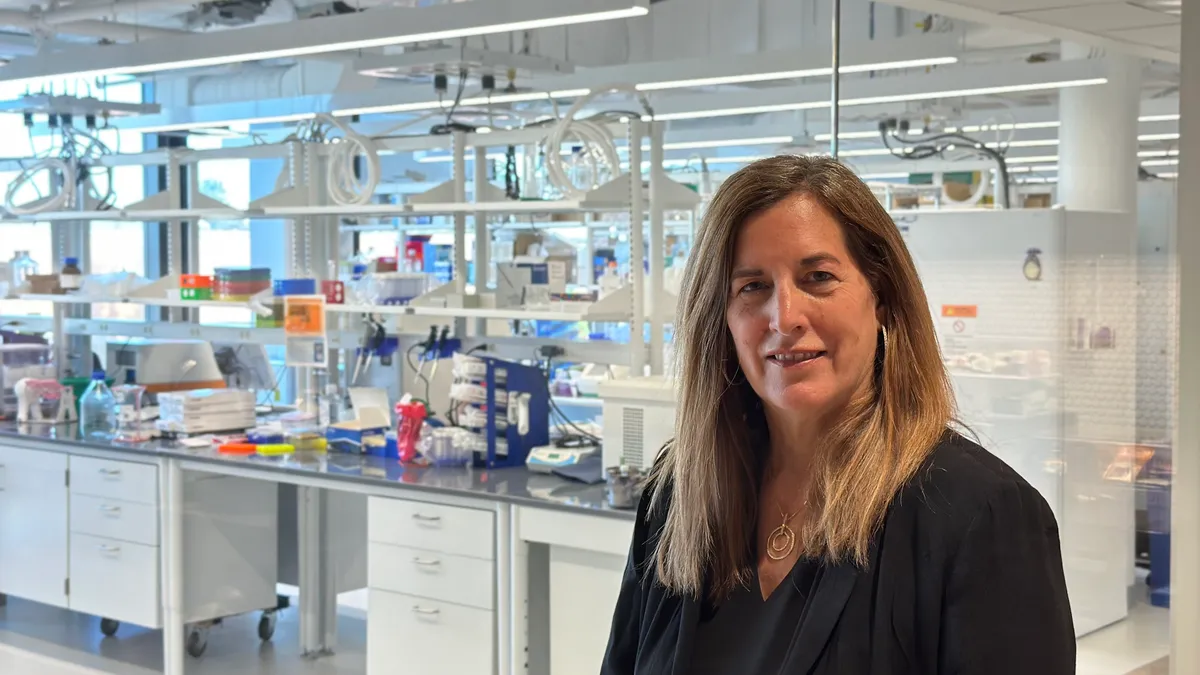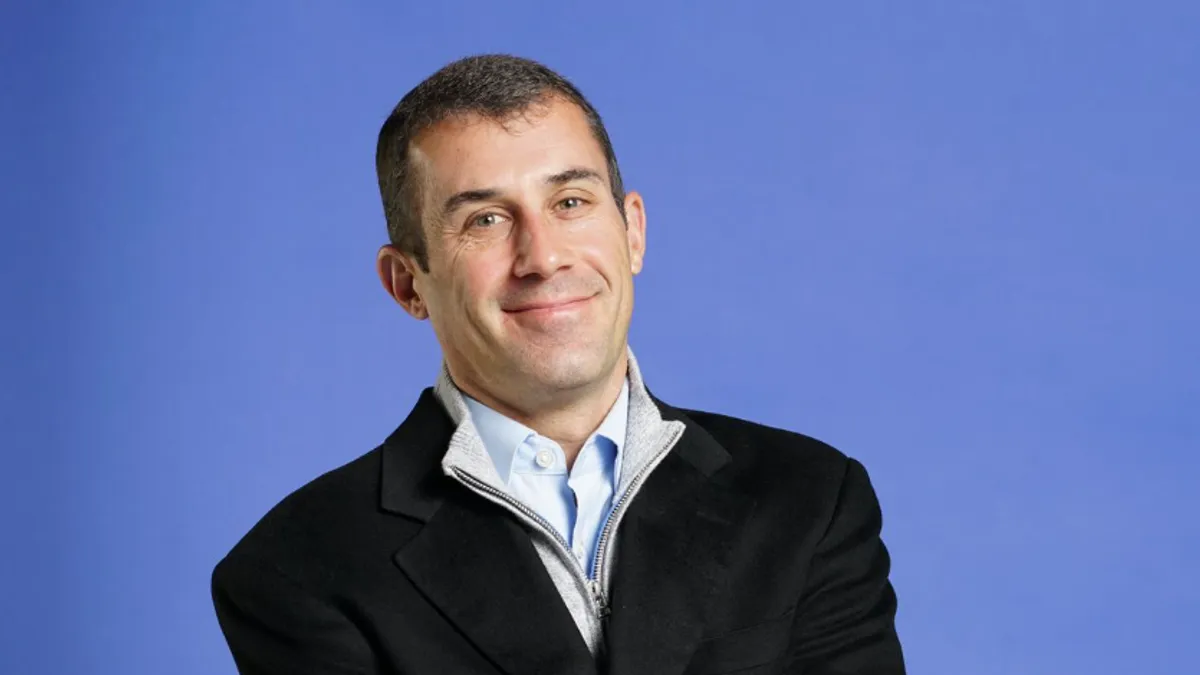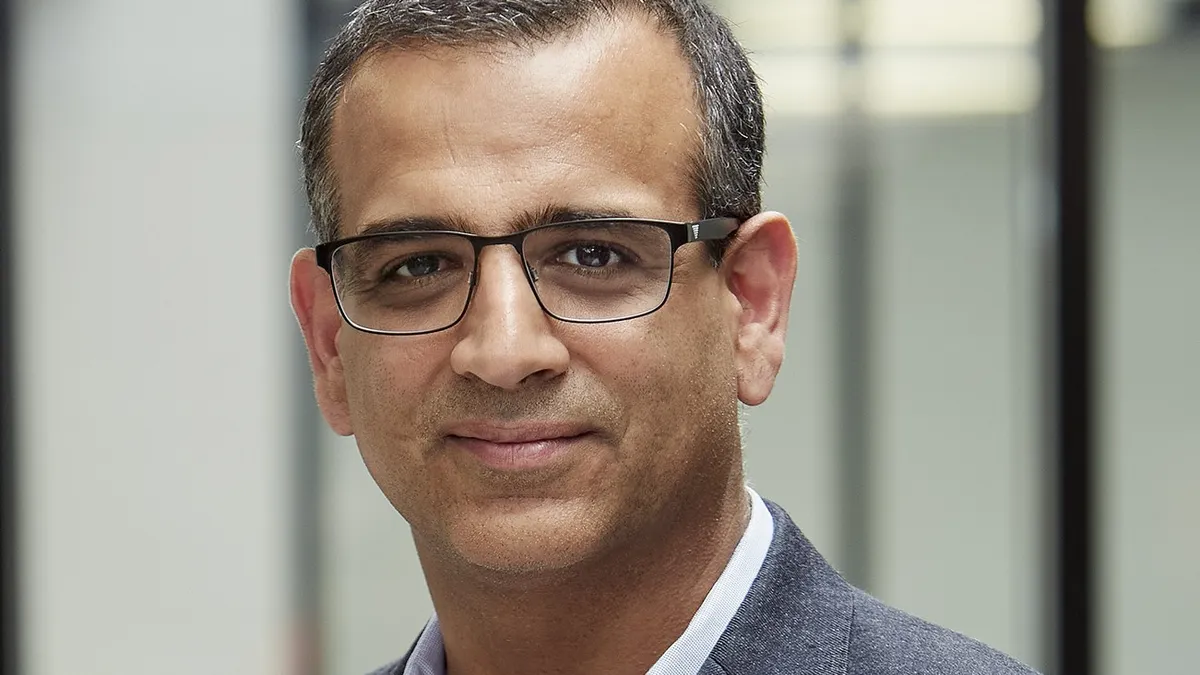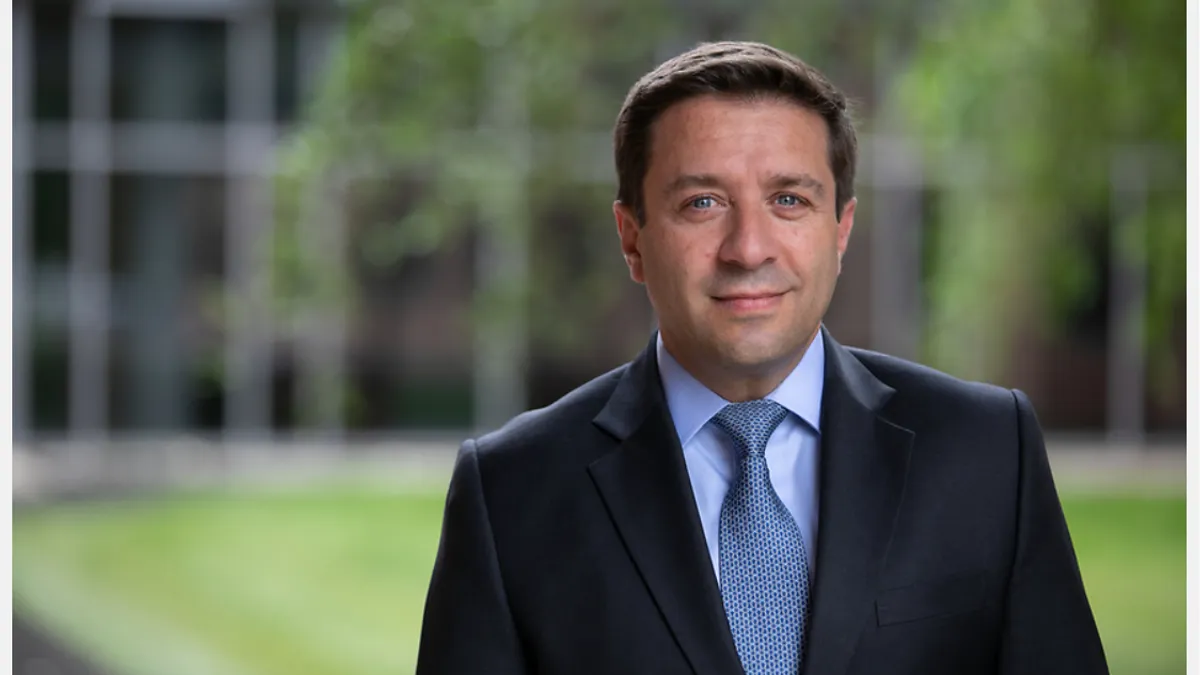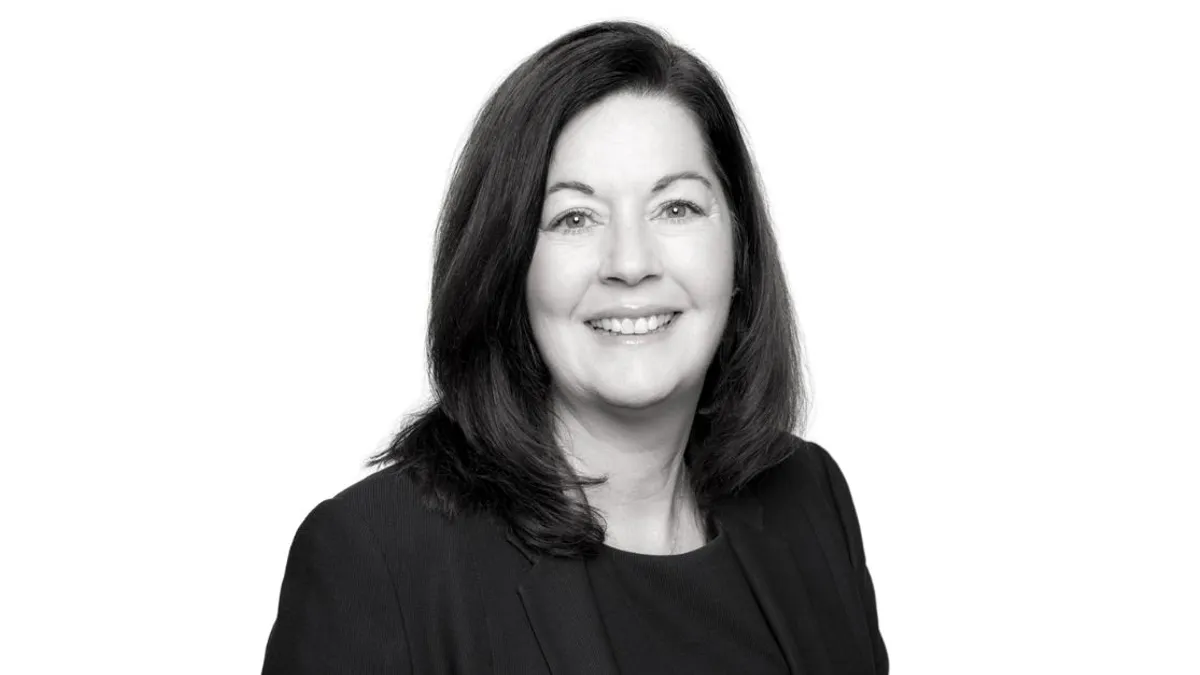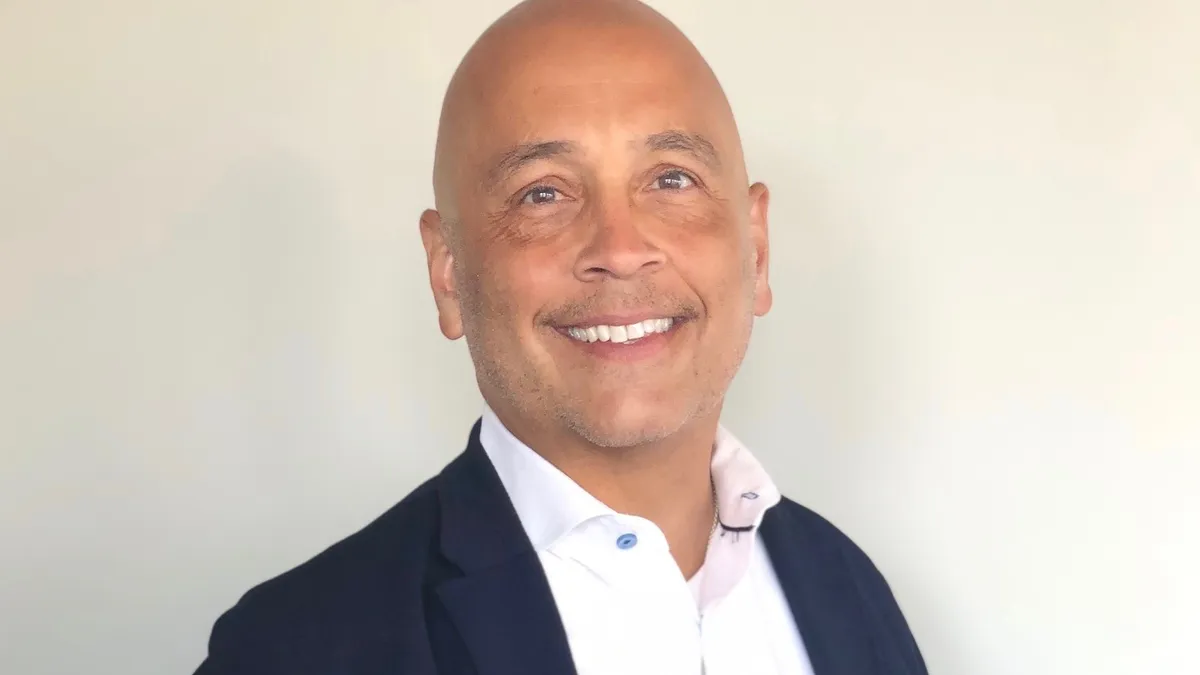Welcome to First 90 Days, a series dedicated to examining how pharma executives and other leaders are planning for success in their new roles. Today, we’re speaking to Dr. Laura Williams, Ardelyx’s new chief patient officer, about how the company is making strides with improving clinical trial diversity.
Black Americans make up just 8% of clinical trial participants and for Hispanics the participation rate is only 11%. But the picture looks different in clinical trials sponsored by Ardelyx.
“I'll give you an example,” said Dr. Laura Williams, Ardelyx’s newly minted chief patient officer. “In our clinical trials in dialysis patients, where there is a disproportionate impact on minoritized populations, we had 45% Blacks. We had 28% Hispanic, which is really unheard of in clinical trials these days.”

In a political climate where DEI has become taboo; the FDA has removed its draft guidance on clinical trial diversity from its website; and companies are stripping the word “diversity” from annual reports or opting for terms like “representation” instead, Ardelyx is staying strong in its commitment to inclusion.
“What good would it do for me to amass data on patients that actually are not impacted by the disease or most impacted by the disease?” Williams said. “So this isn't even an argument we're discussing. At the end of the day, clinical trials need to be representative of the folks who actually are impacted by the disease.”
Ensuring that clinical trials reflect the real-world patient population is just one of the many goals Williams has as the company’s chief patient officer. Williams took on the newly created role in April after joining Ardelyx in 2020, first as senior vice president, global therapeutic strategies and patient advocacy and later as chief medical officer. Prior to that, she had stints at AMAG Pharmaceuticals, Myovant Sciences and Abbott/AbbVie.
The new role reflects the company’s desire to embed patient experience into every aspect of what it does, while amplifying the patient voice.
“It's an intentional effort to make decisions, develop our strategies [and] organize our actions around the needs, the preferences and the values of the patients we aim to serve,” she said. “If it is a medication that truly matters to patients, how do you ensure those patients have access to the medication?”
An established track record
Ardelyx, which focuses on first-in-class medicines for gastrointestinal and kidney diseases, has two drugs on the market — Ibsrela, approved in 2019, treats adults with irritable bowel syndrome with constipation, and Xphozah, which reduces serum phosphorus in adults with chronic kidney disease on dialysis as add-on therapy, won an FDA nod in 2023. The company’s pipeline includes other candidates aimed at IBS indications.
“I wanted to create a shared definition of patient centricity here at Ardelyx, and then weave that into the fabric of the organization."

Dr. Laura Williams
Chief patient officer, Ardelyx
Moving the needle on clinical trial diversity required the company to be “both strategic and intentional” in its efforts.
“We went to where the patients are, rather than limiting ourselves to specific types of clinical sites. We had a mix of urban and rural sites, academic and non-academic sites, across a wide geographical footprint,” Williams said. “We also worked with advocacy groups and other organizations that represent patients with the diseases we were treating. By understanding the epidemiology of these conditions, we ensured that those most impacted were represented in our clinical trials.”
Ardelyx’s strategy extends to other areas, too. For example, the company engages its patient advisory councils “on topics across the full continuum of drug development, from discovery to commercialization.”
“Patients help us understand potential access issues and how to best educate patients, healthcare providers and payors on the benefit-risk profile of our products from a patient perspective,” she said.
In the early development process, patients weigh in on factors like the preferred mode of treatment, dosing frequency and pill size. During clinical development, patients provide feedback on everything from enrollment criteria and clinical endpoints, to safety and tolerability concerns, and patient-reported outcomes. Ardelyx also shares patient stories with regulators during the drug approval process. Post-approval, the “focus shifts to access,” Williams said, which includes a robust patient assistance program.
Integrating patients into operations
As chief patient officer, Williams aims to bring the company’s already substantial patient centricity efforts under a single umbrella, while continuing to expand and build upon them.
“I wanted to create a shared definition of patient centricity here at Ardelyx, and then weave that into the fabric of the organization,” she said.
In her first months on the job, Williams surveyed employees about their view of patient centricity. Now, she’s developing ways to operationalize the collection of patient stories to infuse them into every aspect of the business.
“Throughout the whole drug development process, there are gaps in terms of where we use the patient voice,” she said.
To help close that gap, patients stood up to tell their own stories during open, public portions of an FDA advisory committee meeting for the approval of one of Ardelyx’s drugs.
“That stole the day because they told us and the FDA why there was a need in this space,” she said. “In addition to [collecting] those reams of clinical scientific data that provide a rationale to get a drug across the finish line, what we're doing now is amassing, archiving and sharing patient stories.”
The goal, Williams said, is to infuse Brené Brown’s philosophy that “stories are data with a soul” into the ethos of everything she does.
“I absolutely love that,” Williams said. “That is the spirit by which we want to use this role and drive to those results.”



